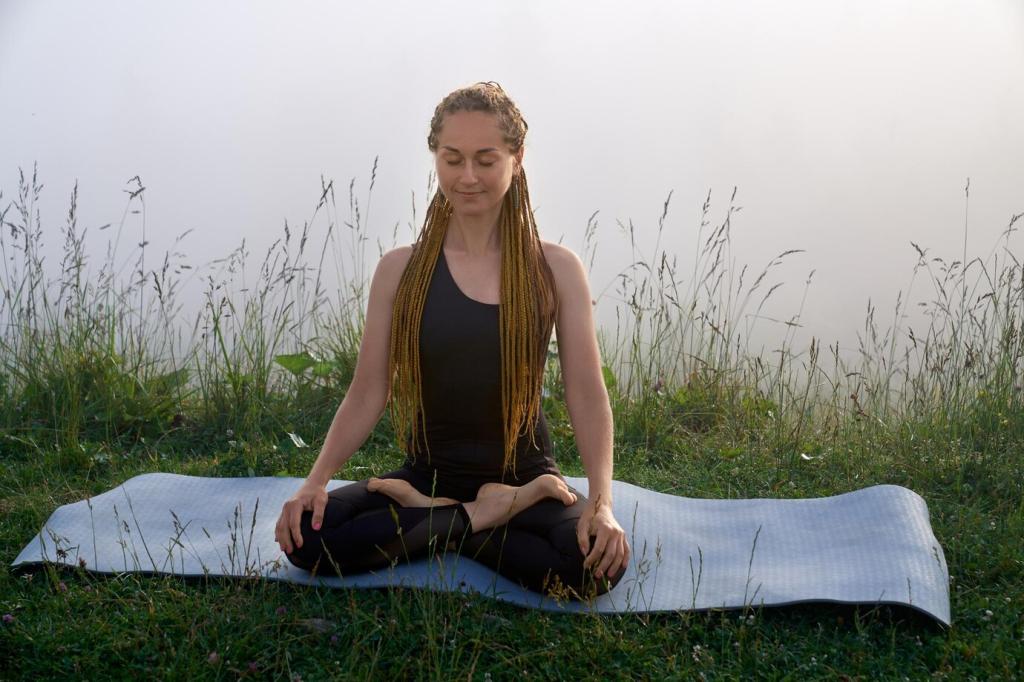Why Zen Meditation Basics for Beginners Matter
A beginner once wrote that she almost quit before starting. She set a timer for five minutes, counted breaths to ten, lost track, and began again. By the bell, the rush softened. She didn’t become a new person; she just felt a little more spacious, kinder, and ready to meet her day.
Why Zen Meditation Basics for Beginners Matter
Studies suggest regular breath-focused meditation supports reduced stress reactivity, improved attention, and steadier mood regulation. Zen’s minimalist approach helps beginners start quickly: sit comfortably, notice the breath, return when distracted. No incense required, just consistency. Over weeks, many notice clearer focus at work and calmer responses during challenging conversations or commutes.


